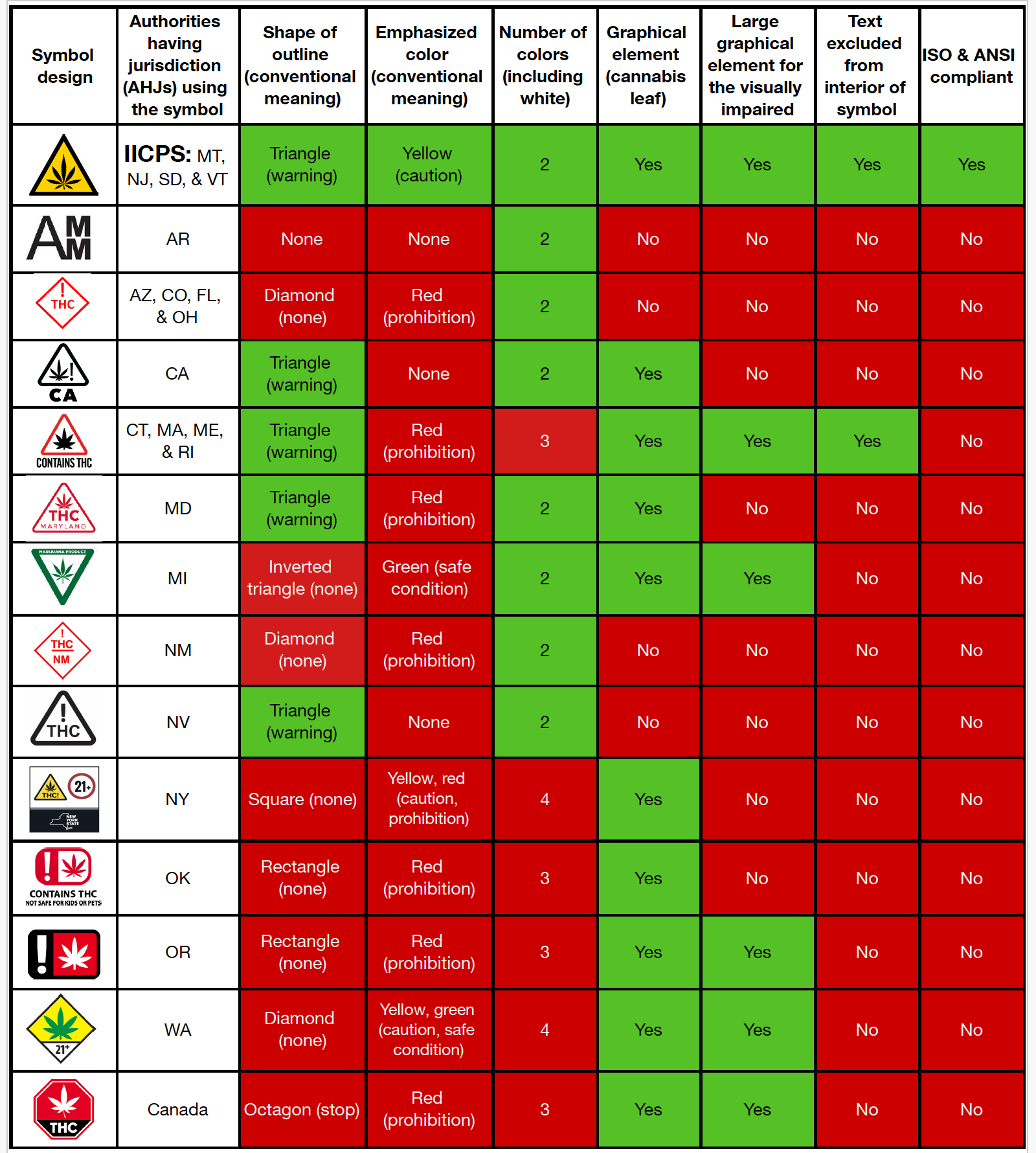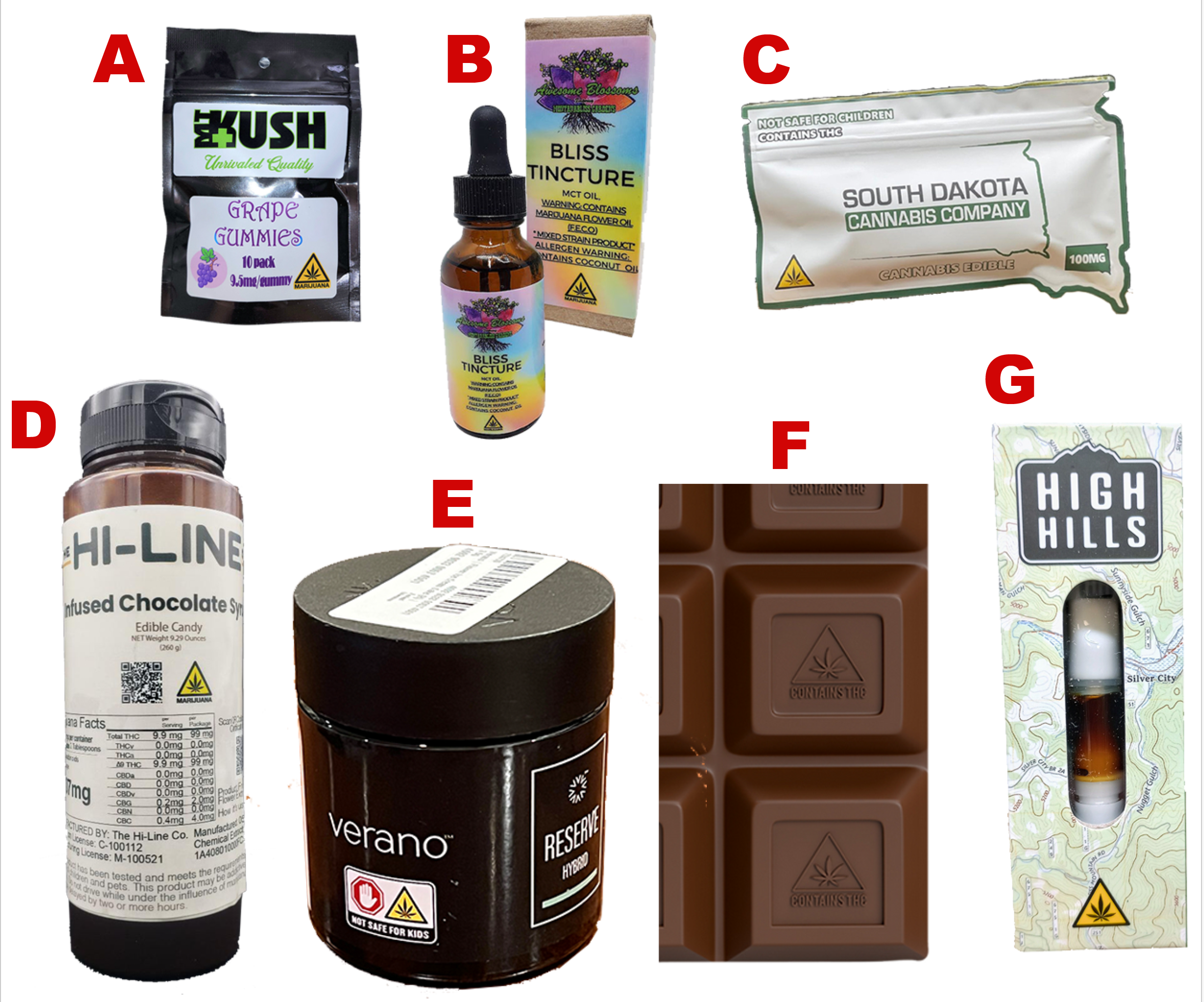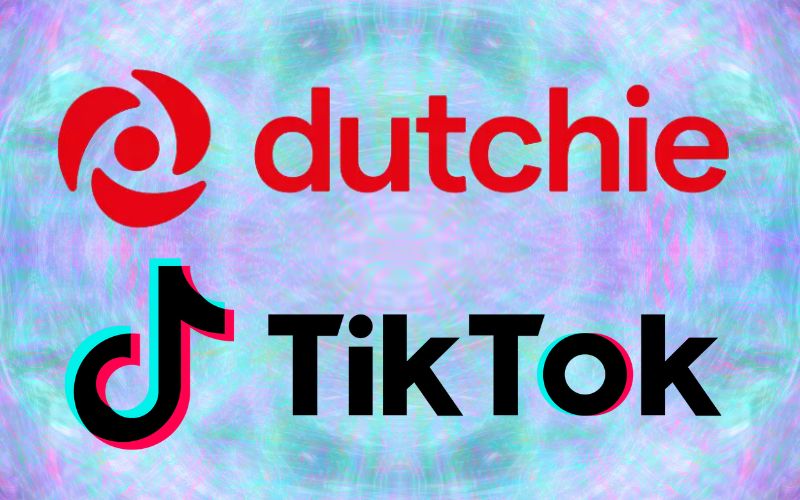In the past decade, the legalization of cannabis has accelerated across the U.S. Today, almost every state permits the medical use of cannabis, while close to half of all states embrace full legalization for adults. While these changes are promising, there’s a crucial issue at hand: the lack of a universal cannabis product symbol.
The failure of regulators to agree on a standardized symbol poses a significant public health risk, as a harmonized symbol is essential for people of all ages and backgrounds to identify cannabis products rapidly and accurately. Thankfully, a solution has emerged in the form of the International Intoxicating Cannabinoid Product Symbol (IICPS), a thoughtfully designed and universally recognized symbol that several states have adopted in the last two years.
The Importance of Standardization
To safeguard against unintentional consumption by adults and children, regulated cannabis products must feature a symbol that enables people of all ages and backgrounds to identify consciousness-altering cannabinoids with a quick glance at a product package.
To optimize recognition and promote future interstate commerce, a well-designed graphical symbol should be harmonized across regional, state, and national jurisdictions — transcending borders, language, and culture.
At a basic level, the adoption of a standardized cannabis product symbol serves as visual evidence of whether cannabis regulators are employing best practices to protect public health and safety.
The Process and Rules of Standardization
In general, regulatory standards are based on available consensus standards, which are technical specifications issued by standards development organizations that we often know by their acronyms: ISO, UL, NIST, and ASTM. They are developed in an open environment through collaboration by experts from both the public and private sectors.
Acknowledging the importance of well-designed industry standards, the National Technology Transfer and Advancement Act of 1995 (NTTAA) requires the U.S. federal government to incorporate consensus standards into federal regulations whenever such standards exist. This legislation put into law what had long been considered best practice.
The most important safety symbol consensus standard, ISO 3864, defines several symbol types, including a warning symbol that consists of a black silhouetted image within a black-bordered yellow triangle.
The Problems With Most Cannabis Symbols
While we’re all familiar with ISO 3864 safety signs, until 2022, no consensus standard specifically defined a cannabis product symbol.
To fill the void, individual U.S. states created their own ironically named “universal” symbols, which range from passable to downright ridiculous (see Figure 1). This hodge-podge of designs highlighted the need for a standardized and truly universal cannabis product symbol.
In 2021, experts rose to meet the challenge.

The IICPS Solution
Working to create a truly universal and well-designed symbol, Doctors for Cannabis Regulation (which later broadened its mission and rebranded as Doctors for Drug Policy Reform, or D4DPR) and the standards organization ASTM International co-developed the International Intoxicating Cannabinoid Product Symbol (IICPS, see Figure 2).
The IICPS is the only cannabis product symbol designed from scratch using basic principles of symbology and ISO 3864.
The IICPS is preferable to other symbols in several ways. To urge caution with cannabis and to prevent accidental ingestion by children and adults, cannabis products must be immediately identifiable at first sight by people of all ages and backgrounds.
Thus, the package must have a distinctive symbol that communicates the concepts of “caution” and “cannabis.” There is no graphical element that represents the word “cannabis” better than the unique and widely recognized cannabis leaf, and nothing communicates “caution” more universally than the familiar black-bordered yellow triangle of ISO 3864.

ISO 3864 prohibits the use of alphanumeric characters inside the yellow triangle of a warning symbol, and for good reason. People may not recognize “THC” as identifying an intoxicating cannabis product if they are young, illiterate, do not use the Latin alphabet, or lack specific education about intoxicating cannabis.
Also, “THC” is not synonymous with intoxicating cannabis, as there are other intoxicating cannabinoid products, such as those containing HHC, that will need to be regulated and properly labeled in the future. Thus, the use of “THC” inside a cannabis product symbol is not just prohibited by consensus standards—it’s also discriminatory toward historically marginalized groups and ultimately doomed to fail as the science of cannabis evolves.
Like other caution symbols that conform to ISO 3864, the IICPS is designed to allow for the placement of text below the symbol, as illustrated in Figure 3. There is solid logic behind ISO 3864’s choice of colors for different safety symbols.
The ideal number of colors in a graphical symbol is two (and black and white are both considered to be colors in this context). That simplicity keeps printing costs to a minimum, which is critical for small businesses with modest budgets. The emphasized color of a symbol should be consistent with existing conventions, in which red implies prohibition, yellow implies warning, and green implies a safe condition. Among all cannabis product symbols, only the IICPS uses the familiar yellow and black “warning” colors.
The Rise of the IICPS in 2022
After vetting by regulators, scientists, businesspeople, and consumers, the IICPS was approved in February of last year through a unanimous vote of over 200 members on ASTM’s Committee D37 on Cannabis. With the official designation ASTM D8441, the IICPS is the world’s first consensus standard for cannabis labeling.
Four states — Montana, New Jersey, South Dakota, and Vermont — have incorporated the IICPS into their cannabis product packaging regulations (see Figure 3). Other states, such as Alaska, have indicated interest in following suit.

Future Adoption of the IICPS
You might expect the story to end here, with all recently legalized states adopting the IICPS and established state cannabis regulators planning an orderly transition to the new standard. However, bureaucracy, inertia, and lack of awareness of consensus standards have hampered efforts to promote universal adoption of the IICPS.
To encourage and facilitate the adoption of the IICPS, its creators have agreed to allow the use of the symbol by regulators in all U.S. jurisdictions without any fees or royalties, as long as it isn’t modified without permission.
In August of this year, 22 organizations representing public health, social justice, patient, consumer, and industry advocacy groups signed an open letter to regulators in the United States and around the world supporting universal adoption of the IICPS (see list of signatories accompanying this article).
This was an unprecedented show of unity among groups that often have divergent interests in cannabis regulation. With this letter, cannabis stakeholders demonstrated a shared interest in proper, standardized labeling of regulated products.
Federal cannabis legalization is coming, and so is our societal obligation to protect public health and safety. While many regulatory decisions have yet to be made, the IICPS offers an approved cannabis product symbol ready for national and international adoption.
List of signatories to the August 2023 letter supporting adoption of the IICPS
Americans for Safe Access
(ASA, safeaccessnow.org)
American Trade Association for
Cannabis and Hemp (ATACH, atach.org)
Association for Cannabis Health Equity
and Medicine (ACHEM, achemed.org)
Cannabis Regulators of
Color Coalition (CRCC, crc-coalition.org)
Clergy for a New Drug Policy
(CNDP, newdrugpolicy.org)
Council for Federal Cannabis Regulation (CFCR, uscfcr.org)
Doctors for Drug Policy Reform
(formerly Doctors for Cannabis Regulation, D4DPR, d4dpr.org)
Drug Policy Alliance (DPA, drugpolicy.org)
Global Alliance for Cannabis Commerce
(GACC, gacc.io)
Immigrant Defense Project
(IDP, immdefense.org)
International Institute for Cannabinoids (ICANNA, www.institut-icanna.com/en/)
JustLeadershipUSA (JLUSA, jlusa.org)
JUSTÜS Foundation (justus.foundation)
Marijuana Policy Project (MPP, mpp.org)
Minorities for Medical Marijuana
(M4MM, minorities4medicalmarijuana.org)
National Cannabis Industry Association
(NCIA, thecannabisindustry.org)
National Organization for the Reform of Marijuana Laws (NORML, norml.org)
Parabola Center for Law and Policy (parabolacenter.com)
Society of Cannabis Clinicians
(SCC, www.cannabisclinicians.org)
Students for Sensible Drug Policy
(SSDP, ssdp.org)
Unified Legacy Operators Council
(UNLOC INC., unlocnow.org)
Veterans Cannabis Coalition
(VCC, veteranscannacoalition.org)








